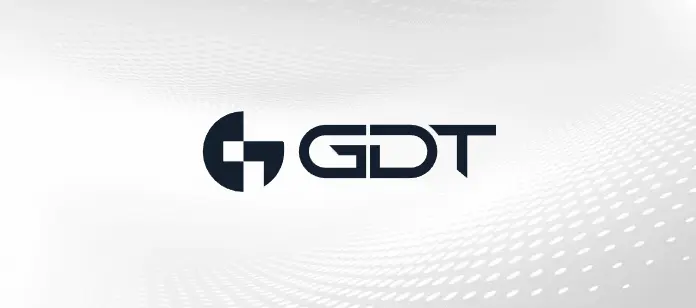Times have changed, and you need a network that can keep up. Traditional wide area networks (WAN) connected users to applications hosted on servers in a data center, but an increasingly cloud-centric world demands a network that can handle the increased management complexity, application performance, and cybersecurity risks that come with cloud adoption. A software-defined wide area network (SD-WAN) is a virtual WAN architecture that allows organizations to use any combination of transport services to securely connect users to applications.
SD-WAN simplifies the management and operation of a WAN, reduces network complexity, increases network visibility, and leverages lower-cost connectivity. Compared to traditional WAN, SD-WAN offers lower operational costs, improved resource usage, more efficient bandwidth use, and increased application performance without having to sacrifice security or privacy. Delivering a better-quality user experience in this way results in increased business productivity and agility, as well as reduced IT costs.
Here’s what to look for in an SD-WAN solution:
- A centralized controller to quickly provision branches and scale with zero-touch deployment
- Single-pane-of-glass deployment, management, and monitoring for networking, traffic management, and security components and policies
- Optimized cloud connectivity
- Application-aware routing for efficient delivery and improved user experience
- Ability to increase available bandwidth to ensure optimal application and network performance
- Detailed performance reporting
- Application steering that improves cloud application performance, especially for latency-sensitive applications like voice and video
- Path awareness intelligence to safeguard the reliability of network connectivity for business continuity
- A single, centralized, cloud-delivered management dashboard for configuration and management of WAN, cloud, and security
- Flexible connection options over multiple channels (e.g., MPLS, LTE, broadband)
- Integrated threat protection that distributes security to the branch and remote endpoints
Consider the list above a starting point as you begin your SD-WAN journey. Every organization has its own unique needs, which may make some of the factors listed above more or less important than others. Make sure you clearly define what you need from an SD-WAN solution before making the move to one in order to ensure that you select the best solution for your business.



